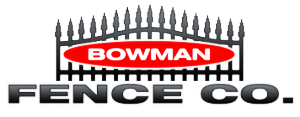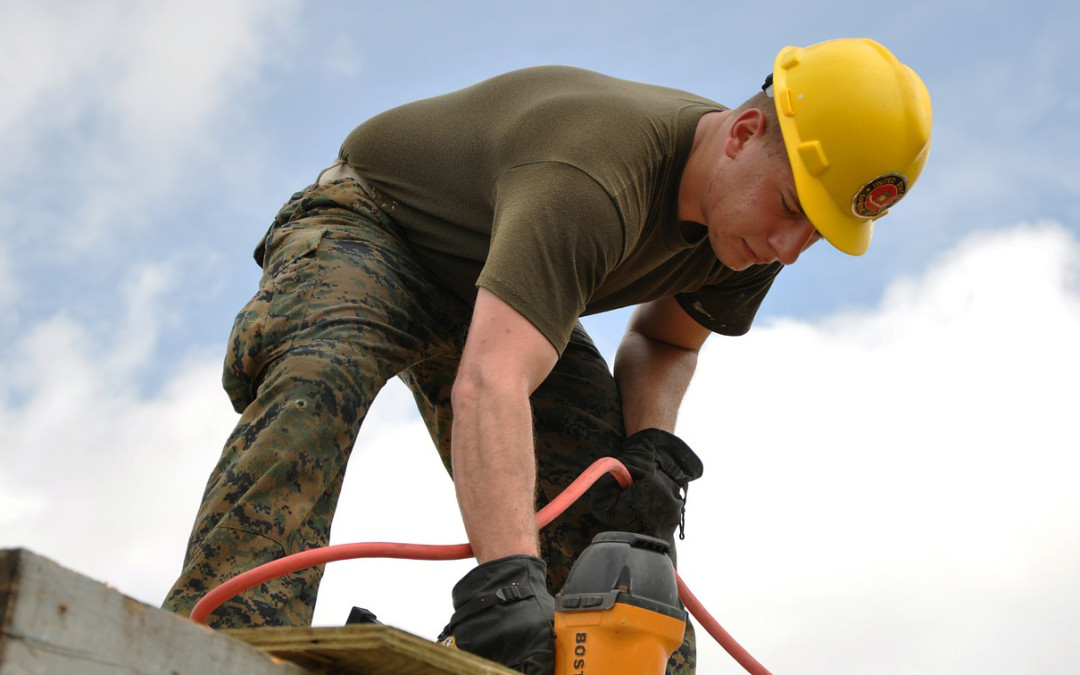A vinyl fence is one of the best investments you can make right now for your home. Vinyl fences are becoming increasing popular, not only for how inexpensive they are but also for a host of other advantages they display over conventional wooden fences.
Vinyl fences are made of tough material that will last forever and with less maintenance. The vinyl surface doesn’t fade, require any repainting job and doesn’t rot. Besides a cheap and affordable option for most home owners, they are also quite easy to keep clean as you only need the occasional wash down—which in many cases isn’t necessary as well.
Accordingly, vinyl fences are a prime investment. Nonetheless, you need to get it right during installation to rip maximum benefits. If you are installing vinyl fencing for the first time, as a DIY guy, you may need to work with a professional contractor to ensure everything is set right.
How to Install Vinyl Fences the Right Way
The basic DIY guy can install approximately 100 feet of vinyl fence comfortably, provided they have the right tools. In your tool box, ensure you have a circular saw, a 2 feet level and a cordless drill. You should also have a hammer, miter saw, jig saw, wheelbarrow posthole digger, drill bit set, clamps, framing square a spade and safety glasses and a string line.
First, you need to mark the post locations around the fencing perimeter and mark them in a way you won’t forget the spots. Stakes are quite good in marking post locations around the yard. Your string line should be guiding you on the fence lay-out you will be working on. As you dig the pole holes, ensure they are 3 feet into the ground to ensure the poles will be sturdy once you pour in the concrete.
Above all, make sure you get it right with the spacing and your vinyl fence won’t be that hard to install. The fence panels will be held together by rail snaps that hold the posts using locking tabs. The boards will be interlocking in position and will be fasted by plastic U-channels when the construction is complete.
You will start with the end posts first then work your way in installing the inside posts. This way, you will ensure you utilize to the maximum the entire length you had measured. Always know that you cannot work with full width of the poles, you will need to cut into a few, re-size others or trim the heights of some to ensure they all fit into your landscapes. Moreover, as landscapes do differ a lot, pay attention to obstacles like trees, road tracks and on. Also as you install, consider a spot through your vinyl fencing that will be easy to dismantle in case you will need a truck inside your yard in future.


